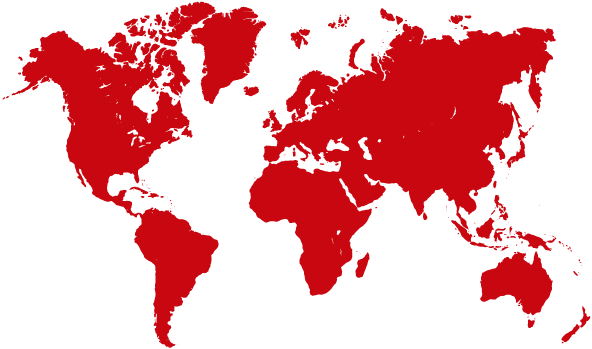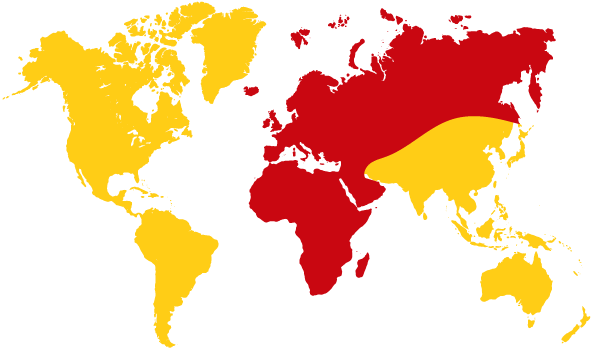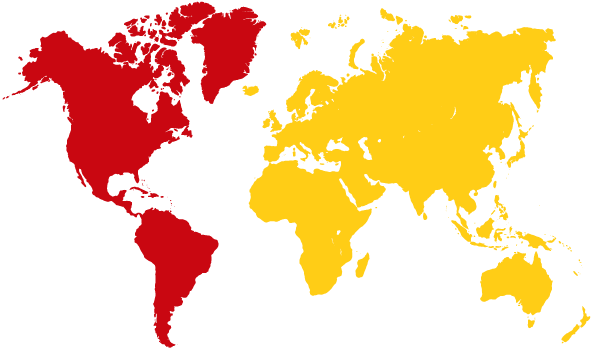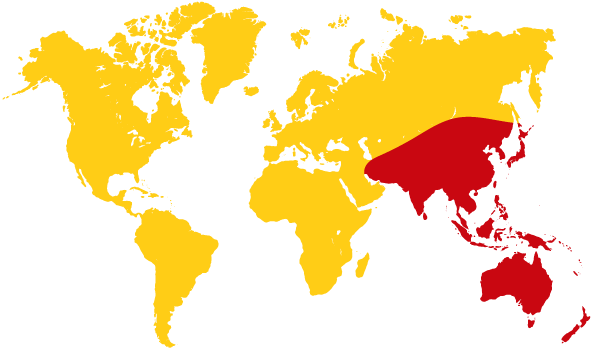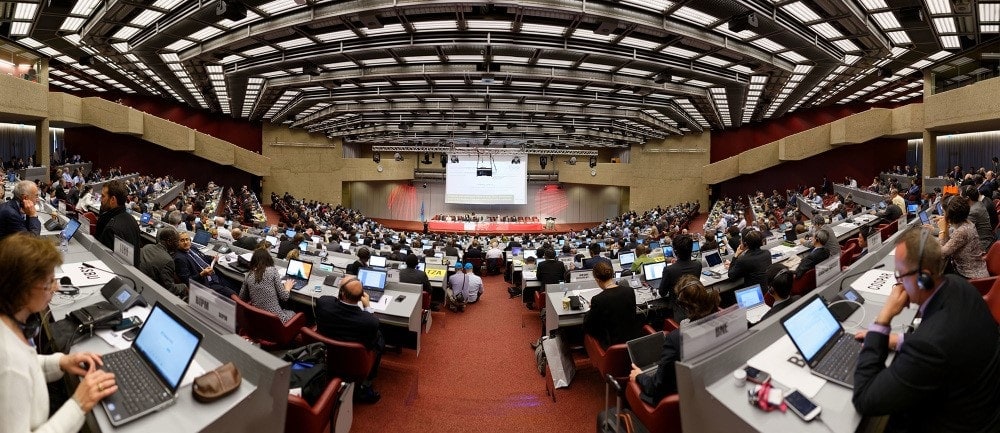The WRC-23 agenda is set out in ITU‑R Resolution 811 from WRC-19 and although there are no specific agenda items requested by the amateur services several do touch on spectrum that is either allocated to the amateur services or in an immediately adjacent band. In some cases the amateur/amateur satellite allocation is secondary and in some cases the agenda item is regionally specific. There are six WRC-23 agenda items of principal interest: 1.2, 1.12, 1.14, 1.18, 9.1 Topic A, and 9.1 Topic B summarised in the following sections.
Information on IARU positions for WRC-23
1.2 to consider identification of the frequency bands 3 300 – 3 400 MHz, 3 600‑3 800 MHz, 6 425 – 7 025 MHz, 7 025 – 7 125 MHz and 10.0−10.5 GHz for International Mobile Telecommunications (IMT).
1.12 to conduct, and complete in time for WRC‑23, studies for a possible new secondary allocation to the Earth exploration-satellite (active) service for spaceborne radar sounders within the range of frequencies around 45 MHz.
1.14 to review and consider possible adjustments of the existing or possible new primary frequency allocations to EESS (passive) in the frequency range 231.5−252 GHz.
1.18 to consider studies relating to spectrum needs and potential new allocations to the mobile-satellite service for future development of narrowband mobile-satellite systems.
9.1 Topic A: In accordance with Resolution 657 (Rev.WRC‑19), review the results of studies relating to the technical and operational characteristics, spectrum requirements and appropriate radio service designations for space weather sensors with a view to describing appropriate recognition and protection in the Radio Regulations.
9.1 Topic B: Review of the amateur service and the amateur-satellite service allocations in the frequency band 1 240‑1 300 MHz to determine if additional measures are required to ensure protection of the radionavigation-satellite (space-to-Earth) service operating in the same band.
